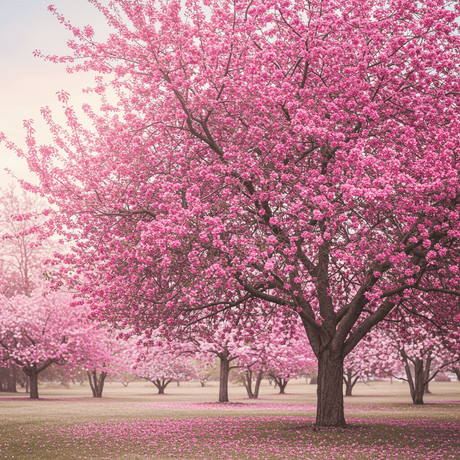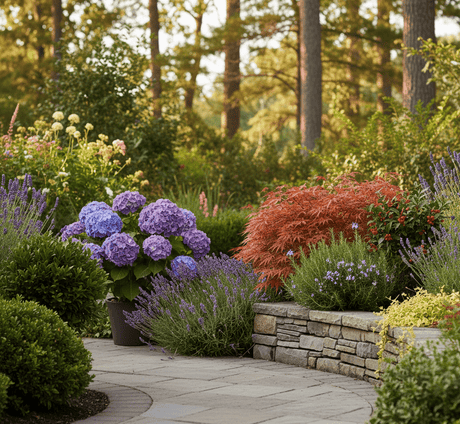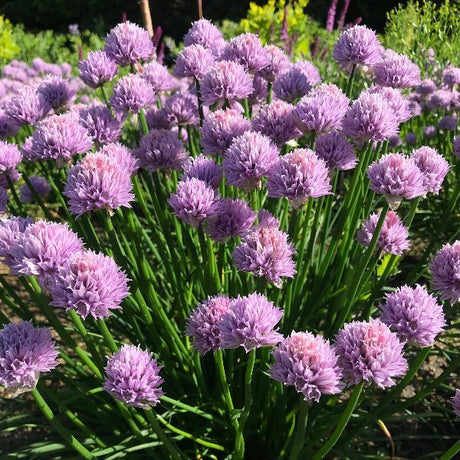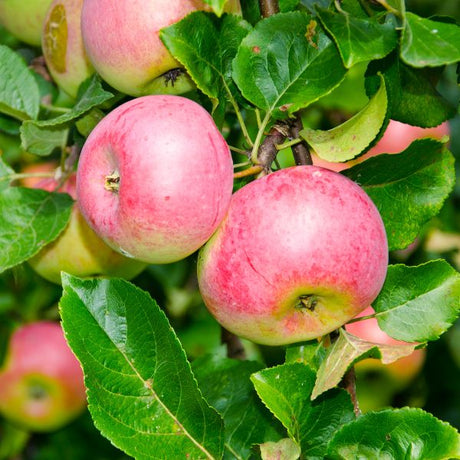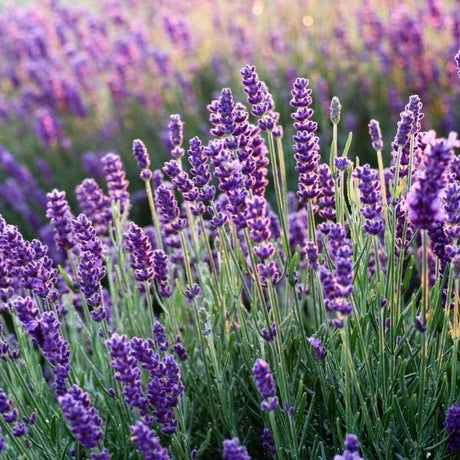Ozark Chinquapin
Castanea ozarkensis
- Stay Protected with Plant Sentry ™
Ozark Chinquapin - #3 Container is backordered and will ship as soon as it is back in stock.
Plant Sentry™
Plant Sentry™

Plant Sentry™ Protected
Your order is protected by our compliance system that:
- Prevents restricted plants from shipping to your state
- Ensures plants meet your state's agricultural requirements
- Protects gardens from invasive pests and diseases
Delivery and Shipping
Delivery and Shipping
Delivery and Shipping
Fast, Safe Plant Delivery
Ships in 3-4 business days • Tracking provided • Weather protected
| Under $50 | $9.99 |
| $50 - $99.99 | $14.99 |
| $100 - $149.99 | $16.99 |
| $150+ | $24.99 |
✓ Zone-specific timing • ✓ Professional packaging • ✓ Health guarantee
Understanding Plant Options
Nature Hills offers plants in two main formats:
- Container Plants: Grown in pots with soil, sized by container volume and plant age
- Bare Root Plants: Dormant plants without soil, sized by height measurements
Container Plant Sizes
Container sizes indicate plant age and growing capacity rather than liquid volume equivalents. Our containers follow industry-standard nursery "trade gallon" specifications, which differ from standard liquid gallon measurements.
Young Plants (6 months to 18 months old)
| Container Size | Actual Volume | Metric Equivalent |
|---|---|---|
| 2" x 2" x 3" | 0.18 - 0.21 dry quarts | 0.20 - 0.23 dry liters |
| 4" Container | 0.31 - 0.87 dry quarts | 0.35 - 0.96 dry liters |
| 4.5" Container | 0.65 dry quarts | 0.72 dry liters |
| 6" Container | 1.4 dry quarts | 1.59 dry liters |
| 1 Quart | 1 dry quart | 1.1 dry liters |
| 5.5" Container | 1.89 dry quarts | 2.08 dry liters |
Established Plants (18 months to 2.5 years old)
| Container Size | Actual Volume | Metric Equivalent |
|---|---|---|
| 2 Quart | 2 dry quarts | 2.2 dry liters |
| #1 Container | 2.26 - 3.73 dry quarts | 2.49 - 4.11 dry liters |
| 5" x 5" x 12" | 3.5 - 4.3 dry quarts | 3.85 - 4.74 dry liters |
Mature Plants (2-4 years old)
| Container Size | Actual Volume | Metric Equivalent |
|---|---|---|
| #2 Container | 1.19 - 1.76 dry gallons | 5.24 - 7.75 dry liters |
| #3 Container | 2.15 - 2.76 dry gallons | 8.14 - 12.16 dry liters |
Large Plants (3-5 years old)
| Container Size | Actual Volume | Metric Equivalent |
|---|---|---|
| #5 Container | 2.92 - 4.62 dry gallons | 12.86 - 20.35 dry liters |
| #6 Container | 5.25 - 6.01 dry gallons | 23.12 - 26.42 dry liters |
| #7 Container | 5.98 - 6.53 dry gallons | 26.34 - 28.76 dry liters |
Bare Root Plants
Bare root plants are sold by height from the root system to the top of the plant. Plants may exceed minimum height requirements.
Common Sizes:
- Trees: 1 foot, 2 feet, 3 feet, 4 feet, 5 feet, 6 feet
- Shrubs & Perennials: 1 foot, 18 inches, 2 feet
Important Notes
Container Volume Specifications
- Trade Gallon Standard: Our containers follow industry-standard "trade gallon" specifications established by the American National Standards Institute (ANSI Z60.1) for nursery stock
- Volume Variations: Actual soil volume may vary due to plant root systems and growing medium settlement
- Age Indicators: Container size primarily indicates plant age and maturity rather than liquid volume equivalents
Growing Conditions
- Plant size can vary based on variety and growing conditions
- Container size helps indicate plant maturity and establishment level
- Larger containers generally mean more established root systems and faster landscape establishment
Seasonal Availability
- Bare root plants are available seasonally when dormant
- Container plants are available throughout the growing season
- Specific varieties may have limited availability in certain sizes
Questions?
For questions about specific plant sizes or availability, please contact our plant experts who can help you choose the right size for your landscape needs.
Plant Highlights
Ozark Chinquapin highlights at a glance!
-
Botanical Name
-
Brand
-
Growing Zones5, 6, 7, 8
-
Growth RateModerate
-
Mature Height
-
Mature Width
-
Leaf Color
-
Flower Color
-
Fall Color
-
Pollinator FriendlyYes
-
Bloom PeriodEarly Spring, Late Spring
-
Harvest Time
Characteristics
Where To Plant
When To Prune
- Late Winter
Water & Moisture Needs
- Moderate
Sunlight Needs
Soil Needs
- Well Drained Soil
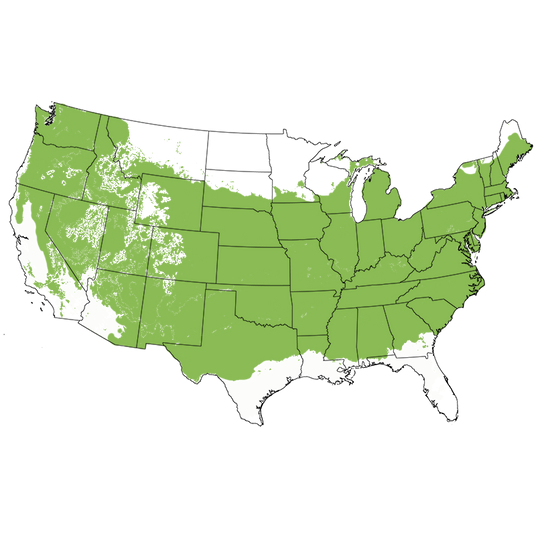
Growing Zones
The Ozark Mountain region has many unique native gems tucked away and preserving these rare indigenous species supports wildlife! Species like the Ozark Chinquapin Tree (Castanea ozarkensis) which is a mighty specimen with leaves similar to its namesake, the native Chinquapin Oak, but have the same wavy, serrated margins! Despite its name, the Ozark Chinquapin is actually a relative of the American Chestnut Tree!
Ozark Chinquapin are known for their lovely wavy, coarsely-toothed foliage that is dark green on top with white undersides that are similar to, but longer than Chinquapin Oak. The unique wind and insect-pollinated white female flowers are pollinated by greenish male catkins, held on separate branches by late May to early June.
The Ozark variety has spiky seeds in the fall that are highly desirable to wildlife and people! Typically dropping from the tree between September through October. The spiked seeds look more like Bur Oak acorns, and they look very ornamental as they form in grape-like bunches, coincidentally also called burs.
Ozark Chinquapin Chestnut Trees are sometimes called the Ozark Chestnut and sometimes spelled Chinkapin. They inhabit the rocky slopes and ridges of the Ozark and Ouachita Mountains and their native range spans throughout USDA growing zones 5 to 8. Typically grows to a neat and tidy 20-30 feet in height, with a spread of roughly 15-20 feet. The yellow to brown fall color shows off in stark contrast to the pale bark that can sometimes be nearly-white!
Planting and Application:
The edible nuts, rot-resistant lumber and wildlife value of the trees were as much a staple to local people as the tree is to wildlife in the area. Once spanning an amazingly wide range as the predominant tree in many areas, a Chestnut blight began taking its toll on the tree's populations in the 50s and 60s. By planting this mid-sized deciduous tree in your landscape, you'll help preserve a bit of the American forest in your own yard!
Ozark Chinquapin are fantastic shade and lawn trees for smaller properties due to their smaller footprint. Give their 'drip-line' a good ring of mulch to make walking under them and harvesting the nuts easier, plus make your specimen tree stand out even more. Not to mention reducing mower and weed-wacker damage in lawn settings. The smaller size also creates a lovely street tree in the right setting!
Tall enough to shade and cool your home during the summer months, position your tree at least 10-12 feet from your foundation to help save money. The strong limbs support snow load and slow wind as part of a windbreak, and popular trees to use in groupings to create naturalized groves by mixing and matching with other Chestnuts and nut trees like Buckeyes, Oaks Beeches and Hickory for an enthralling edible landscaping display!
Wildlife adores nesting and taking shelter in the limbs and enjoying the lush shade as much as you will! Add a bird feeder and birdbath, then set up a comfy garden bench with some binoculars and a birding book for hours of enjoyment. Chestnut trees are fantastic larval host plants for a 125 species of Lepidoptera and other beneficial insects!
- Hardy Native Tree Beneficial to Wildlife
- Wavy, Coarsely-Serrated Dark Green Leaves
- Very Light Bark (Almost White) & Yellow/Brown Fall Color
- Separate Greenish Male & Female Flowers - But On The Same Tree
- Late-Season Harvest of Edible Acorns
- Nuts Held in Bunches With Spiky Bur-Like Acorn Tops
- Fantastic Mid-Sized Lawn Tree, Specimen, Wildlife Habitat, Windbreak & Shade Tree!
#ProPlantTips for Care:
Chestnut Trees need to be planted in full sun, and the Ozark Chinkapin needs at least six hours of direct sunlight, and would happily bask in full-blast rays all day, every day! These are long-lived trees that adapt to nearly any soil as long as the soil is well-drained. We do recommend supplying supplemental water for best results. Provide a medium amount of water on a regular basis, especially during the first year. Mulch over the roots, but pull it back away from the trunk.
Add a packet of Nature Hills Root Booster while planting, following the directions on the label. It includes mycorrhiza fungi which helps plants to initiate the tiny feeder roots, and increases their access to water and micronutrients for the life of the tree! If needed, prune in July to correct shape and help young trees achieve their potential by removing crossing branches, and cleaning up the interior of the canopy.
- Full Sun
- Moderate Regular Moisture Needs
- Any Well-Drained Soil
- Prune July & Harvest Late-Season
- Beneficial For Wildlife - That Means Deer Sometimes Too
These Chestnuts were once a food source for native Americans and early settlers and are til this day. Plus vital nutrition for a variety of mammals like squirrels, chipmunks, deer, and birds like Turkey and Bobwhite. Plant a legacy and support native ecosystems by going native! Order your own Ozark Chinquapin Chestnut Tree from Nature Hills today and benefit from the rugged beauty of this legacy tree!





